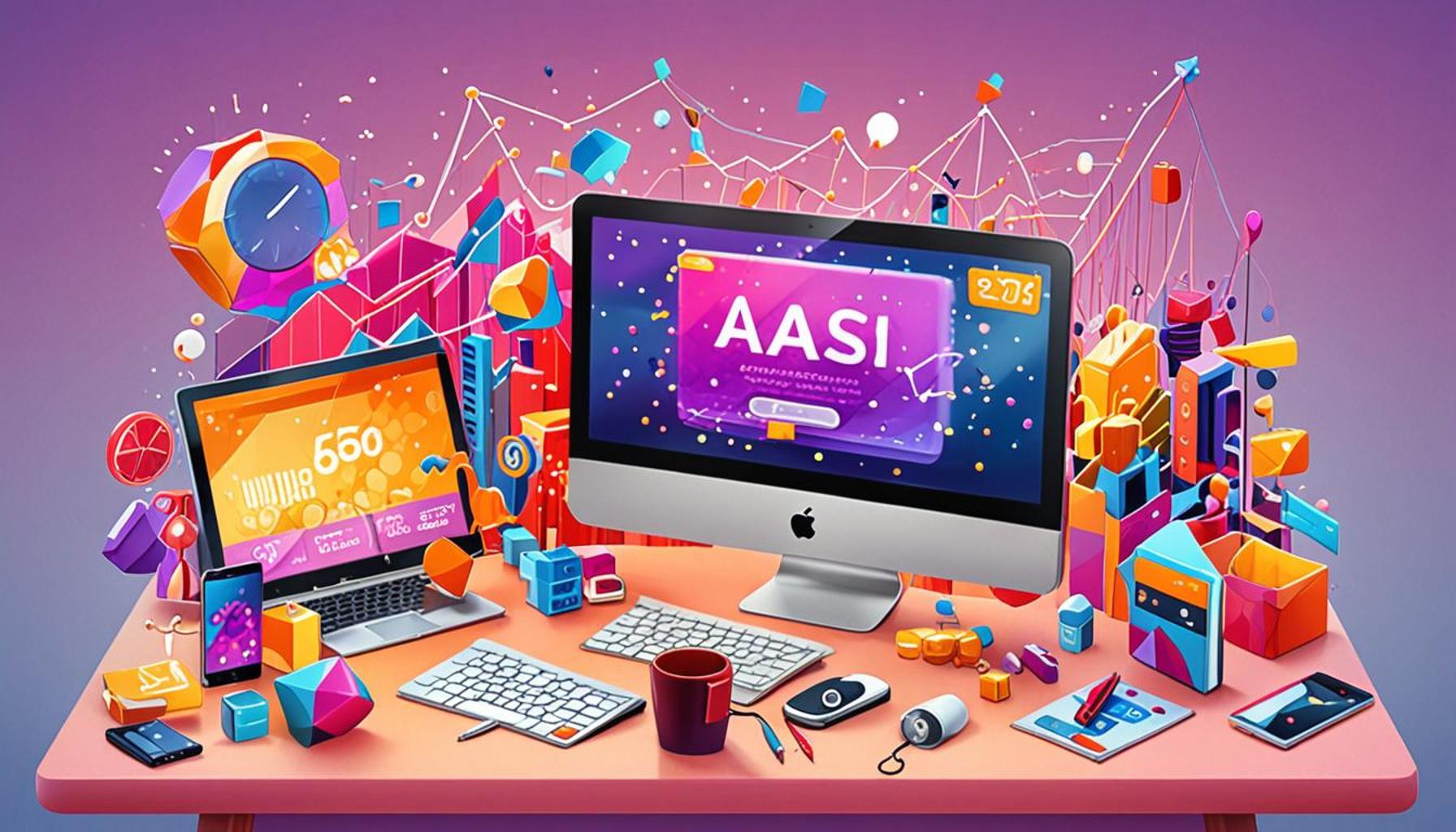The Role of Financial Education in Promoting Access to Government Benefits

The Vital Role of Financial Literacy in Accessing Government Benefits
Accessing government benefits can significantly improve the quality of life for many individuals and families. However, a lack of understanding about these benefits often results in missed opportunities. This is where financial education plays a pivotal role. It equips people with the resources they need to navigate complex systems, making complex paperwork and eligibility criteria more manageable.
At its core, financial education serves as a roadmap, guiding individuals through the myriad of available government programs. Imagine a single parent struggling to provide nutritious meals for their children. Without knowledge of resources like the Supplemental Nutrition Assistance Program (SNAP), they may miss out on essential support designed to alleviate hunger. Similarly, those grappling with medical bills might not realize they qualify for Medicaid, a program that can relieve them of overwhelming costs and offer necessary healthcare services.
Understanding the application processes and required documentation for these programs is crucial. For instance, when applying for Temporary Assistance for Needy Families (TANF), applicants must provide proof of income, housing status, and family composition. Knowledge of these requirements can save time and ensure that applications are completed successfully, avoiding unnecessary delays or denials.
- Financial education allows individuals to:
- Identify available government programs suited to their needs.
- Understand application processes, including what documentation is necessary.
- Recognize critical deadlines and eligibility rules that can impact their chances of receiving aid.
In the United States, many eligible citizens remain unaware of these programs or how to access them. Statistics reveal that up to 25% of those eligible for SNAP do not utilize the program, contributing to food insecurity among vulnerable populations. This gap emphasizes the need for comprehensive financial education initiatives that can help bridge knowledge divides.
Engaging in effective financial education can not only increase awareness but also enhance accessibility to essential services. Community workshops, online resources, and financial literacy programs in schools can play a transformative role, ensuring individuals know their rights and resources. By fostering a culture of financial awareness, we can connect those in need with the vital support that can significantly alter their life circumstances.
Ultimately, financial education is more than just understanding numbers; it is about empowering individuals to take control of their financial situations, navigate available resources confidently, and ensure that they do not miss out on the support systems designed to help them thrive.
RECOMMENDED: Check out this similar article
Unlocking Opportunities Through Financial Literacy
The interconnection between financial education and access to government benefits is a critical part of addressing socioeconomic disparities in the United States. As many families face rising costs of living and stagnant wages, understanding the benefits available to them is more essential than ever. Financial literacy provides a foundation for individuals to make informed decisions about their eligibility for programs such as the Women, Infants, and Children (WIC) assistance, which supports low-income pregnant women, new mothers, and young children. Without this knowledge, potential candidates may overlook opportunities that could ease their financial burdens.
To break down barriers, financial education emphasizes two key components: awareness and action. First, people must be made aware of the multitude of government programs they might qualify for. For instance, many citizens remain unaware of the Earned Income Tax Credit (EITC), a benefit designed to reduce the tax burden on low- to moderate-income workers. According to the IRS, nearly 20% of eligible individuals fail to claim this credit, leading to billions of dollars in unclaimed funds each year. This statistic highlights the necessity for widespread financial education that informs communities about such critical programs.
Moreover, awareness alone is not sufficient. Individuals must also develop actionable skills to begin the application process. A well-structured financial education program teaches essential skills such as:
- Navigating online portals for applications.
- Gathering and organizing necessary documentation.
- Understanding timelines and deadlines for submitting claims.
- Identifying potential obstacles and strategies for overcoming them.
This actionable approach demystifies the sometimes intimidating nature of government applications. For example, when applying for housing assistance, applicants need to comprehend income limits, application procedures, and program expectations. A solid grounding in financial education prepares individuals to tackle these complex requirements confidently and increases their chances of success.
Furthermore, promoting financial literacy also involves collaboration with local organizations, schools, and community leaders who understand the unique challenges faced by their constituencies. By engaging these stakeholders, financial education initiatives can be tailored to address specific needs within different populations, leading to more effective outreach efforts. Schools can incorporate financial literacy into their curriculum, allowing high school students to learn about government benefits as they prepare for adulthood, equipping them with the tools necessary to understand what’s available to them.
However, the benefits of financial education extend beyond individuals and families. By fostering a financially literate population, communities as a whole can thrive, leading to less reliance on government support over time and reduced pressure on social safety nets. As we recognize the vital role that financial education serves in promoting access to government benefits, it becomes clear that investing in such programs isn’t merely an option—it’s a necessity for creating a more equitable society.
The Role of Financial Education in Promoting Access to Government Benefits
The intersection of financial education and access to government benefits is becoming increasingly relevant in today’s economic landscape. It is imperative to understand how robust financial literacy can empower individuals to not only recognize but also utilize the services available to them. The ability to navigate financial forms and programs enables individuals to maximize their entitlements, ensuring they receive the support necessary for their financial wellbeing.
By implementing comprehensive financial education programs, communities can keep their members informed about the variety of government benefits that exist. For example, benefits related to healthcare, housing, and food assistance can dramatically improve quality of life. However, statutory eligibility often leaves potential beneficiaries unaware of their rights and options. This gap highlights the importance of educating individuals about applying for benefits and understanding the impact of these programs on their overall financial health.
Moreover, individuals equipped with financial knowledge are more likely to engage in long-term planning. They learn to prioritize essential expenses while utilizing government benefits that alleviate immediate financial pressure. This understanding paves the way for greater financial independence and resilience, allowing individuals to transition from being benefits-dependent to actively participating in the economy. Strengthening communities through education not only benefits individuals but also contributes to broader economic stability.
| Category | Description |
|---|---|
| Government Awareness | Increases recognition of available government programs and qualifications. |
| Financial Independence | Empowers individuals to become self-sufficient and make informed decisions. |
As we explore various facets of this significant theme, it is vital to focus on how targeted education can shape policy-making and social outreach strategies. Well-informed citizens can advocate for themselves and highlight the necessity for accessible benefits, ultimately driving systemic changes in how financial aid is distributed.
YOU MAY ALSO LIKE: Read read another article
The Ripple Effect of Financial Literacy on Community Engagement
In addition to empowering individuals and families, financial education plays a pivotal role in enhancing community engagement. When people understand their financial rights and the array of government benefits available to them, they are more inclined to participate actively in community programs and services. This increased engagement not only fosters social cohesion but also encourages a feedback loop that can lead to improved public programs tailored to the needs of constituents.
For example, community workshops on financial literacy can serve as platforms for sharing information about benefits like Supplemental Nutrition Assistance Program (SNAP) and subsidized childcare. When community members acquire knowledge about these resources, they are more empowered to advocate for themselves and their neighbors, creating a culture of support and shared success. Furthermore, as individuals become more informed, they contribute invaluable insights into how government services are perceived and utilized, potentially leading to reforms that increase access and awareness.
Moreover, partnering with local non-profit organizations and financial institutions can amplify the reach of financial education programs. When banks and credit unions collaborate with local agencies to provide education workshops, they not only promote financial literacy but also guide individuals toward accessing benefits that can improve their financial well-being. For instance, financial institutions can assist participants in understanding how certain benefits, like unemployment assistance, can impact their credit scores and overall financial health, reinforcing the importance of using these resources wisely.
The advantages of financial literacy are also reflected in the economic aspect of communities. According to a report by the National Endowment for Financial Education (NEFE), communities with higher financial literacy rates experience lower crime rates, improved public health outcomes, and better educational achievement. By minimizing economic stressors caused by lack of knowledge, financial education indirectly enhances the quality of life in communities, leading to environments where residents are more engaged and motivated to participate in local initiatives.
Another vital aspect is the connection between financial literacy and employment opportunities. Individuals equipped with financial knowledge are often better positioned to make decisions about employment and career advancement. They can leverage benefits like job training programs or educational grants, potentially leading to higher incomes. For instance, someone who understands how to apply for Workforce Innovation and Opportunity Act (WIOA) funding could access valuable job training and placement services, breaking the cycle of low-wage employment.
This creates a powerful dynamic: as communities become more financially literate, individuals not only gain access to essential government benefits, but they also build a more vibrant local economy. In turn, this encourages both community investment and civic engagement, creating a safer and more resilient society. As investment in financial education initiatives grows, their transformative potential for individual lives and communities as a whole becomes increasingly evident.
ADDITIONAL INSIGHTS: Expand your understanding here
Conclusion
In summary, financial education serves not only as a critical tool for individual empowerment but also as a catalyst for broader community well-being. By enhancing understanding of government benefits, financial literacy enables individuals to make informed decisions that lead to better economic outcomes, both for themselves and their communities. The benefits of financial education extend beyond personal finance management; they stimulate civic engagement, reduce poverty, and promote a healthier local economy.
The interconnection between financial literacy and access to essential public programs cannot be overstated. As individuals gain knowledge about programs such as SNAP, unemployment assistance, and job training services, they become advocates not only for themselves but for their neighbors as well, fostering a culture of collective support and activism. Such community-oriented financial literacy programs can lead to transformative changes, thereby improving the effectiveness and reach of government services.
Moreover, studies like those from the National Endowment for Financial Education (NEFE) demonstrate that communities with higher financial literacy often face fewer socio-economic challenges, showcasing the ripple effect that educated populations can create. With increased potential for career advancement and a robust local economy, the implications of widespread financial education are profound.
Ultimately, investing in financial education is investing in our future. It equips individuals with the necessary tools to navigate complex financial landscapes, ensuring they are aware of the benefits available to them. As stakeholders—from government entities to community organizations—prioritize such initiatives, we can look forward to realizing a society that is not only financially literate but also more equitable and resilient in the face of economic uncertainty.



